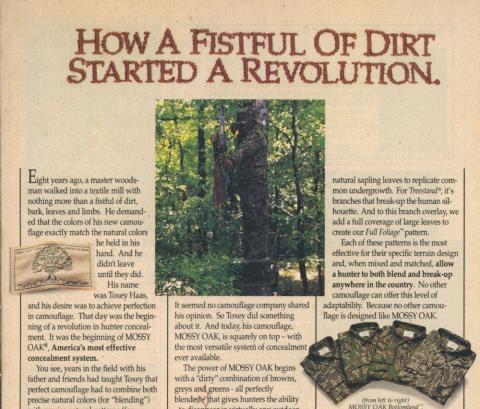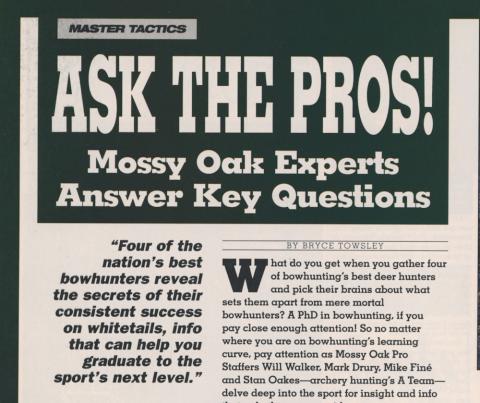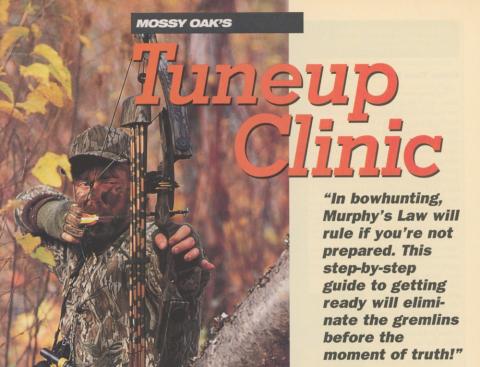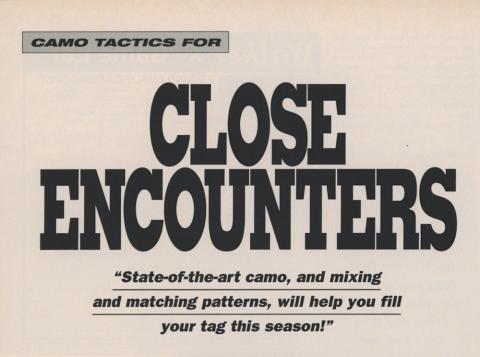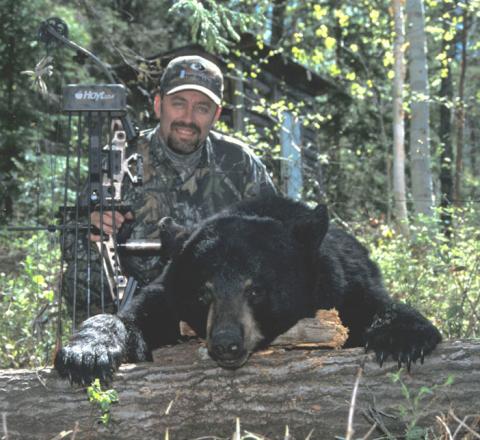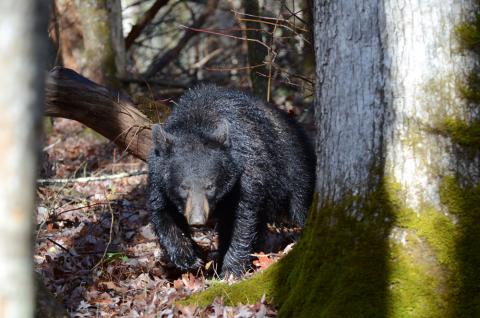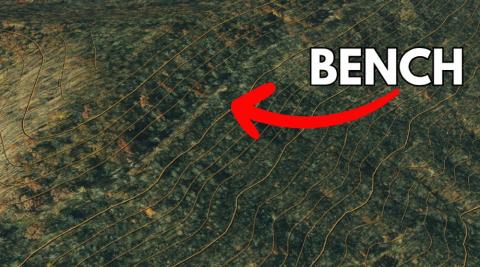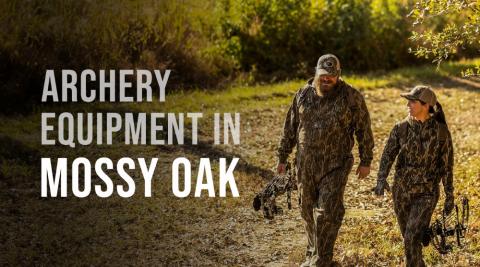It’s the moment all outdoor adventurers dread — when you look around the woods and don’t recognize a single feature. It’s a terrifying moment as your mind frantically calculates the most probable way out of the woods.
The very first thing you should do when you know you’re lost in the woods is sit down on the nearest rock or log and take a couple of deep breaths. You may not be any less lost a few moments later but, hopefully, you’ll be calmer, which is essential.
Maintaining your cool, taking stock of your inventory and staying put are just three things you can do when you’re lost in the woods. Here are some more essential tips on what to do if you’ve only just realized you have no idea where you are on an outdoor adventure.
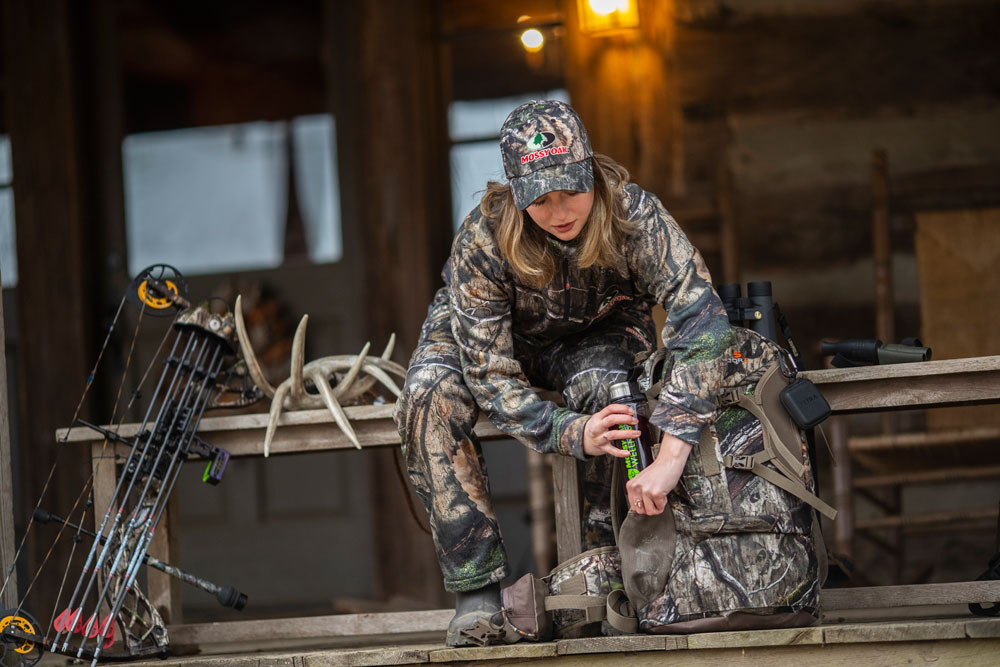
Thinking Ahead Is Everything
As the adage goes, hindsight is 20/20, meaning everything looks much clearer when considered from a future safer perspective. To avoid the catastrophe of getting lost in the first place, accomplish some simple tasks before you leave.
Emergency plans, bail-out directions and a well-packed backpack, complete with downloaded or printed maps from online free sites, can save you hours of anxiety and suffering in the backcountry.
Contingency Plans
It’s crucial to leave a basic plan with loved ones and tell at least two people specifically where you’re going and how long you plan to stay. A solid contingency plan has a map with a highlighted route, an itinerary, applicable phone numbers and other contact information.
Ensure the date and time you expect to arrive at your final destination are legible in case friends and family need to contact emergency services to instigate a rescue mission.
Ten Essentials
Most outdoors-minded people know the ten essentials refer to a group of items to aid you in times of need. They cover everything from sunscreen to navigation to fire. Here are those ten essential items that can keep you alive and relatively comfortable in a backcountry emergency, depending on the severity.
- First aid kit – Before you leave, make sure all items are up to date and not compromised or damaged.
- Illumination – Headlamps are the most convenient because they’re hands-free. Opt for LED lights, as they last the longest and produce the brightest light.
- Fire – Keep matches, lighters or flint with dry tinder in a sealable, waterproof bag.
- Protective clothing – Layering is the best option for outdoor recreation and inclement weather. Choose thermal insulation layers made from high-performance synthetic materials, such as Gore-Tex®.
- Sun protection – A hat, sunscreen, gaiters and sunglasses protect your eyes and skin from the sun.
- Shelter – A pup tent or fly will keep you out of the weather and help you retain your body heat.
- Navigation – Bring something other than your cellular device to keep track of where you’re going, like a GPS, manual compass or map.
- Repair kit – Twine, string, adhesive and a multi knife tool may all be helpful if you’re stranded in the woods.
- Food – Lightweight backpacking food like freeze-dried or dehydrated food won’t weigh you down.
- Water – You can never have enough water, but it’s heavy. Consider portable water filtration systems or iodine tablets as alternatives.
With most of these items safely stored in your backpack, you should feel confident you will be able to last multiple days. Since search-and-rescue missions commonly take 10 to 14 hours, with the right equipment you’ll be just fine until the rescue squad arrives.
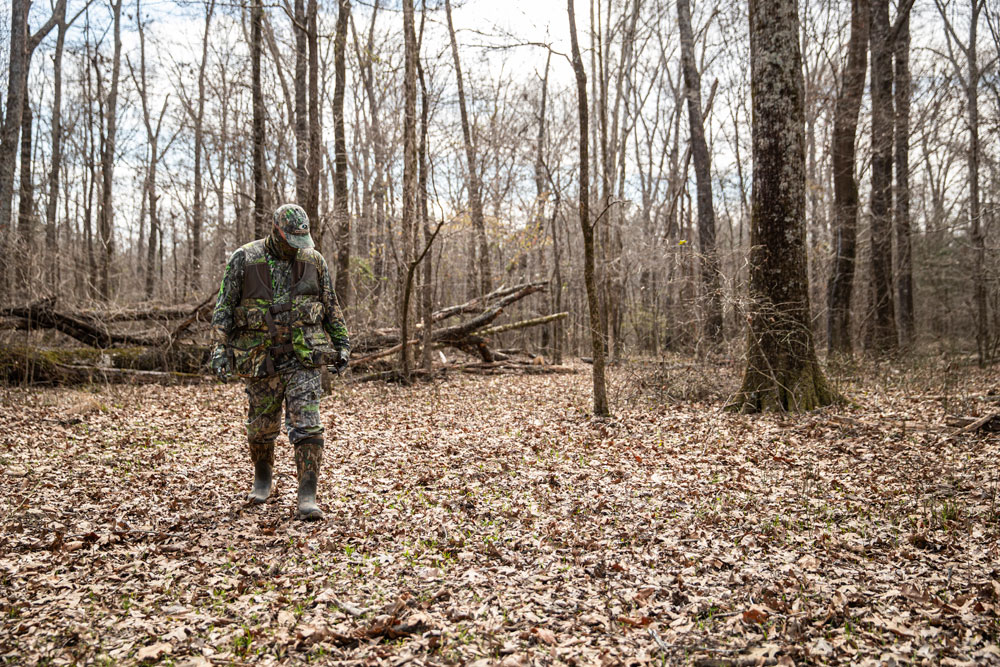
How a Search-and-Rescue Operation Works
When the 911 call comes in, search-and-rescue officials first validate the person is indeed missing, and then they deploy a team. Staying put is an essential part of the solution when you’re lost. If you strike out on your own, you could potentially hike farther away from your trail.
Hopefully, the rescue team will be able to follow your contingency plan to trace your steps, fanning out to cover more areas if necessary. Rescuers’ resources are constantly being reimagined as more information comes in, like a ping from the missing person’s cell phone off a nearby cell phone tower.
These wilderness experts continue searching for the lost person as long as the conditions allow. Some teams search for up to two weeks before calling it off; however, most lost people are found within the first 12 to 24 hours.
What to Do When You’re Lost
When you realize you’ve lost your way in the woods, the first step is to remember the acronym STOP, which means Stop, Think, Observe and Plan. Not only will these steps keep you calm and give you a focus, but they allow you to take stock of where you are and what you have with you.
There are two schools of thought regarding reactions to being lost in the woods: You either stay put or try to hike out. The majority of those lost will try to hike out or retrace their steps, while only about a quarter of them remain where they are.
It makes more sense — but it somehow more anxiety-producing — to stay where you are. If you hike away from that spot, you’re potentially walking farther away from your route, which is where the search-and-rescue people will look for you.
If you decide to find your way out, break off small branches on bushes and trees to mark your way. If you start to go in a circle, you’ll know immediately. To preserve energy and valuable resources, if you’ve found you’ve been going in circles, wait it out.
If you were canny enough to note a high land feature when you were hiking in, look for that same notable feature again to make directional sense of where you are compared to your vehicle or the trailhead.
There are situations in which you haven’t packed quite as well as you should’ve. If you lose your way, you’ll be putting yourself in a dangerous situation. Many hunters count foraging for food and knowing where to find potable water as two of their most valuable hunting skills. Before hitting the trails or heading to your campground, spend some time learning survival basics, such as setting snares, identifying edible plants, making a fishing rig, building a makeshift shelter and building a fire.
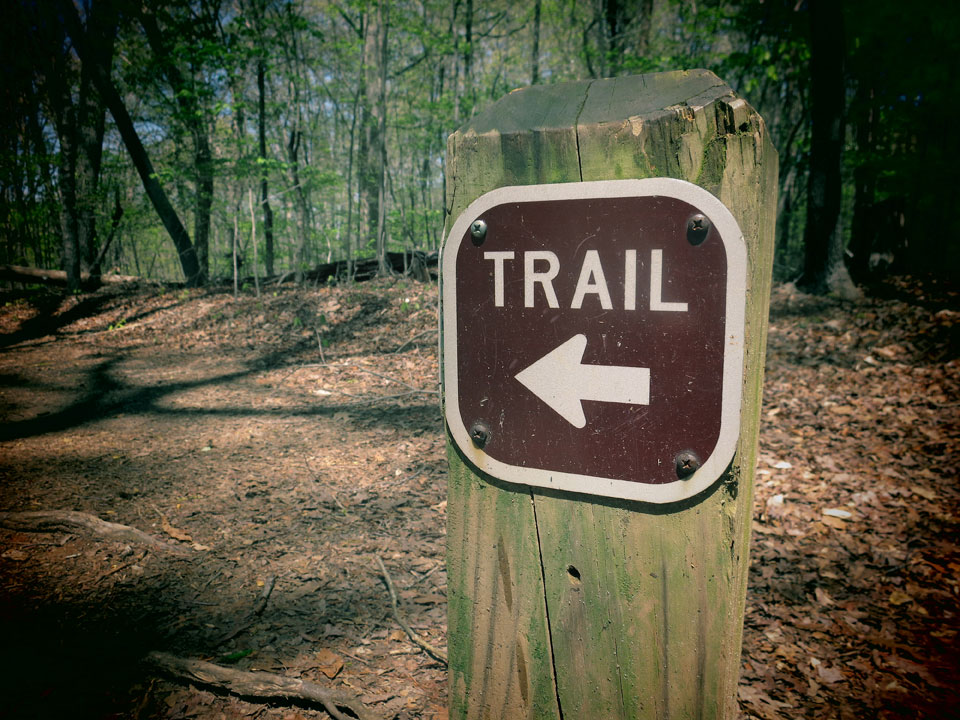
Stay Safe on Your Next Outdoor Adventure
The best way to survive getting lost in the woods is to make sure you don’t get lost in the first place. Telling loved ones and leaving contingency plans are excellent ways to ensure a rescue will be initiated sooner rather than later if you do get lost.
While you’re waiting to be rescued, keep calm, assess your resources and decide whether you want to strike out on your own or stay put and wait for help. Keeping a clear, rational focus until a search-and-rescue team can find you — or you find your way out of the woods — is the most vital step to your survival in the wilderness.

















